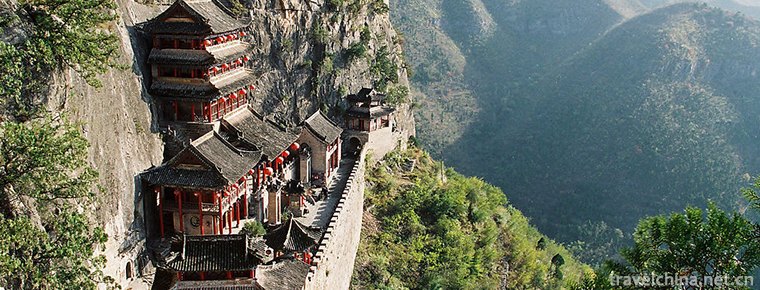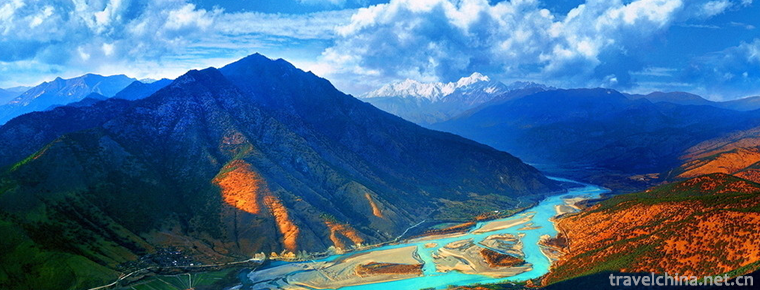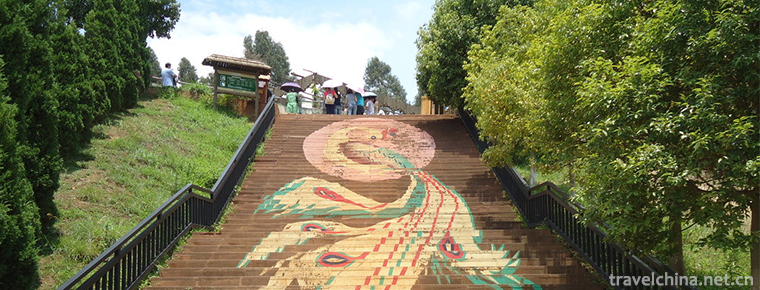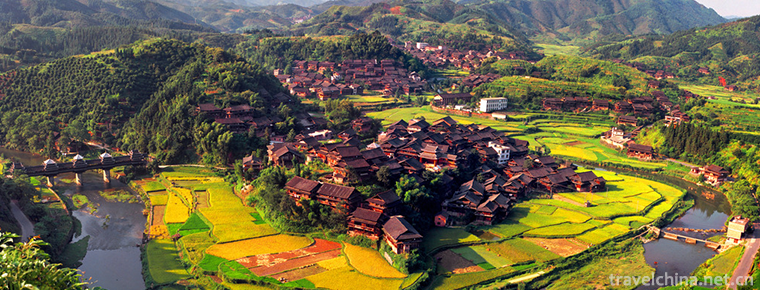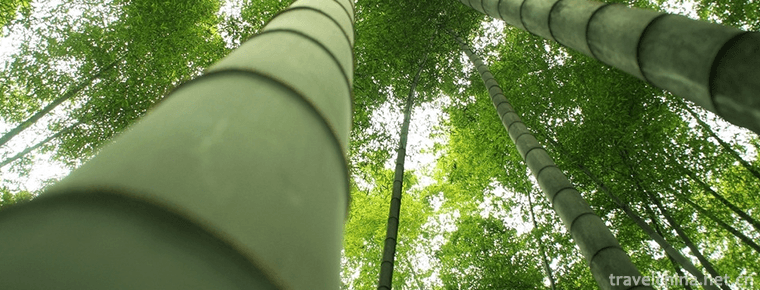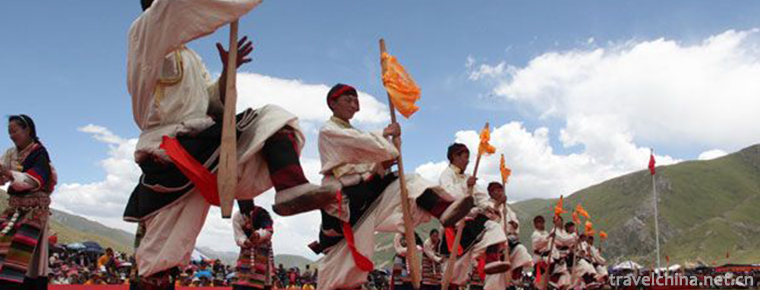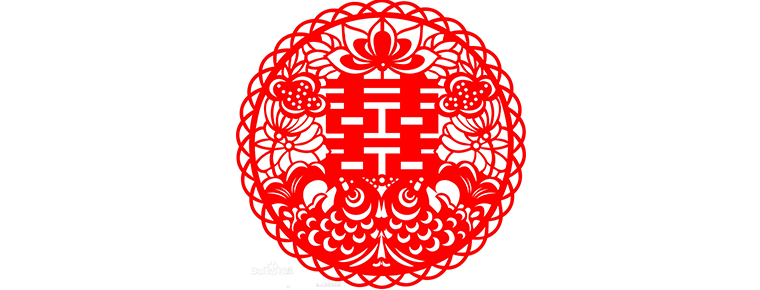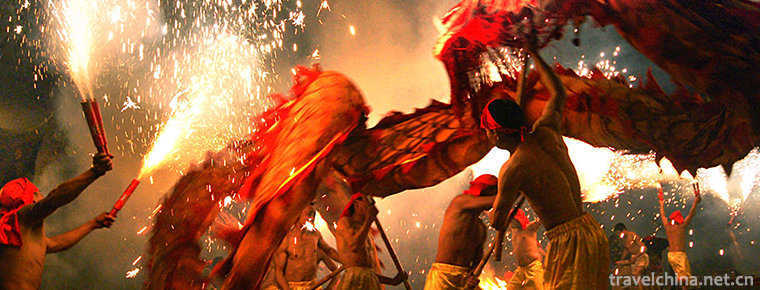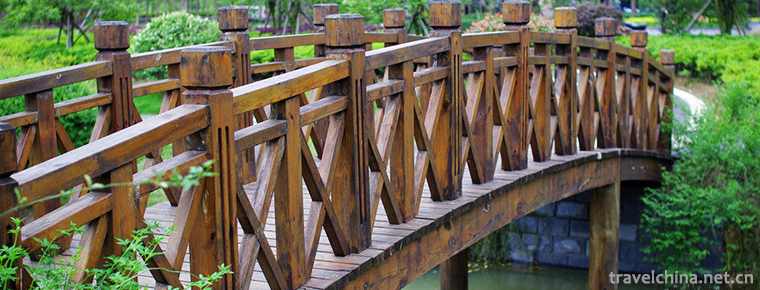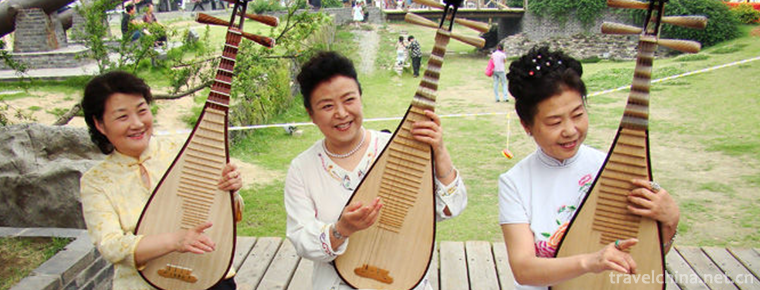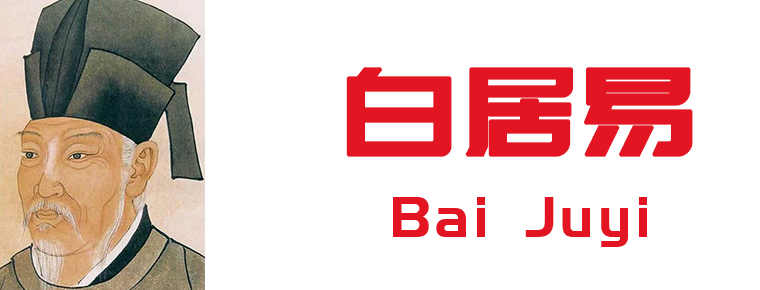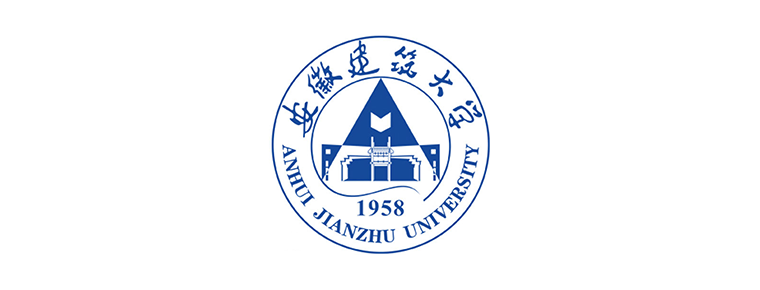Mongolian camel raising custom
Mongolian camel raising custom
The Mongolian camel-raising custom has a long history. In the practice of production and life with a long history, camel has become the most loyal partner of mankind while making outstanding contributions to mankind. In view of the contribution of camels to human beings, nomads in barbaric times regarded camels as God-given objects, and the image of camels for worship can be traced back to Shun. It is an important source of Alxa spirit and ideal, an important resource for the construction of Alxa League, and an important part of China's cultural heritage.
On June 7, 2008, the Mongolian camel-raising custom was approved by the State Council and listed in the second batch of national intangible cultural heritage list.
Folk activities
Camel racing
Mongolian camel racing is one of the traditional sports of Mongolian, and it is an important part of the cultural heritage of camel inherited from history. According to the investigation and research, camel racing came into being after it was domesticated and used in production, life and military affairs.
The nomadic people in northern China began to domesticate camels as early as 5000 years ago. The Book of Mountains and Seas, Beishan Classic, records: "Its animals are many camels, with saddles, know where the water springs are, do good in quicksand, travel 300 miles a day, and bear a thousand kilograms." The biography of the Huns in Historical Records records that during the period of "over Tangyu", the Rong people (Shanrong, Yao, Qiu Cong) living in Xinjiang, Mongolia (including Inner Mongolia and Outer Mongolia) and Central Asia (called Xiongnu in Qin and Han Dynasties) domesticated the wild "camel" as a "fantastic animal" and "moved along with horses, cattle and sheep".
With the development of history, camels have been domesticated and used in production, life and military. The Chinese camel culture has a long history.
The Mongolians living in the desert Gobi were the earliest people to tame and use camels. They not only used camels in production and life, but also introduced camels into competitive competitions, forming a traditional sport - Mongolian camel racing. At first, camels were mainly used for carrying, while camel racing was integrated into the chasing game of visiting relatives and friends. Later, the Mongolian people started camel racing when they offered sacrifices to Aobao, held temple fairs and held group activities such as Nadam Mu, and gradually formed a scale, which continued.
Camel ball
Brief introduction of camel ball
Camel sport originates from polo. There are two matches in a game. A team has six players in each game. The time of each game varies from 10 minutes to 20 minutes. Recently, I went to Mongolia to participate in the competition. Due to the restriction of the international animal quarantine regulations, the participating team can only send members, while the camel race is provided by the inviting country, which has affected the normal play of the team members to a certain extent.
Camel ball sport
In July 2005, Urat Houqi introduced camel sport from Mongolia, and invited coaches from Mongolia. Through strict selection and training, the flag formed Qian Damen and Siniusu camel teams, which had more than 40 camel players. Although the Husbands Camel Team of Urat Houqi has only been formed for more than two years, it has participated in more than 40 competitions in Inner Mongolia, and twice represented China in the international camel ball competition held by Mongolia. Camel ball competition has become a popular sport among cadres and masses here, and the rear flag of Urat is also known as "the first camel ball town in China".
Mongolian herdsmen compete in snowy camel ball, and a unique meeting of Mongolian camel culture to welcome the New Year was held on the snow-covered grassland of Dalhan Urasumu in Keshketen Banner, Inner Mongolia. More than 1,000 Mongolian herdsmen from neighboring banners (counties) and Sumu (townships) gathered together with more than 500 camels to participate in a series of activities such as camel racing, Boke (Mongolian wrestling), camel ball and selection of camel varieties with Mongolian traditional culture.
Camel ball development
The Husbands Camel Team of Urat Houqi in Inner Mongolia was also invited to participate in the fifth Camel Championship held in Ulan Bator, the capital of Mongolia. In the two-day competition, the Husbands Camel Team of Urat Houqi competed with 12 of Mongolia's strongest teams and won the sixth place. When the bright five-star red flag rises above the stadium of Ulaanbaatar, the Mongolian herdsmen on behalf of our country shed tears of excitement.
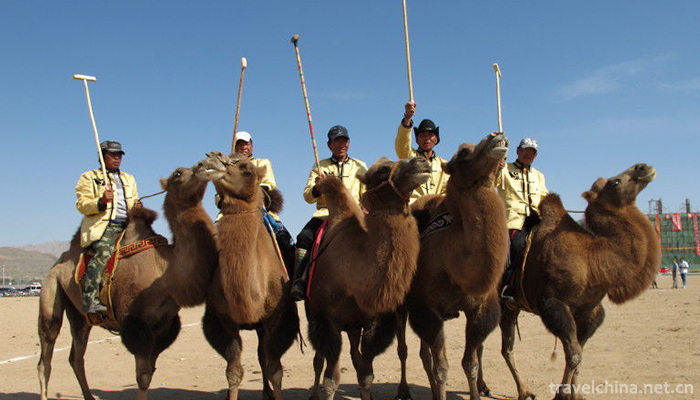
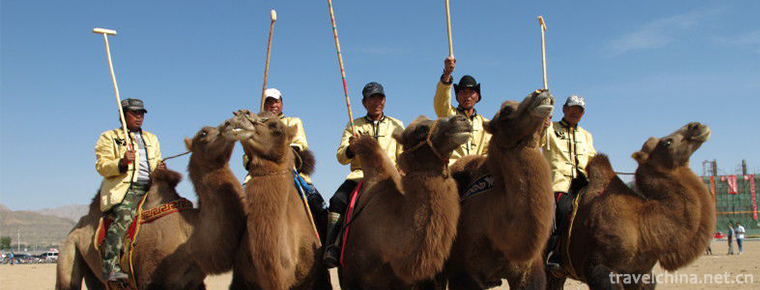
Mongolian camel raising custom
-
Wa Palace Scenic Area Handan City
Wa Palace, located in Zhonghuangshan Mountain, Shexian County, Handan City, Hebei Province, covers an area of 5 square kilometers.
Views: 282 Time 2018-11-24 -
Three Parallel Rivers of Yunnan Protected Areas
The three rivers running side by side are Jinsha River, Lancang River and Nujiang River, three rivers originating from the Qinghai-Tibet Plateau, running 170 kilometers from north to south in Yunnan P
Views: 96 Time 2018-12-19 -
Yunnan Wildlife Park
Yunnan Wildlife Park is located in Qingshuihe Village, Fengyuan Road, Panlong District, Kunming City (beside Yunnan Forestry Department), 10 kilometers from the urban center of Kunming City
Views: 237 Time 2018-12-22 -
Cheng Yang eight Zhai
Chengyang Bazhai is located in Sanjiang Dong Autonomous County, Liuzhou City, Guangxi, 19 kilometers away from Sanjiang County. There are eight natural villages in Chengyang Bazhai, commonly known as
Views: 129 Time 2019-01-05 -
Bamboo Sea Scenic Spot in Southern Sichuan
The bamboo sea in southern Shunan, formerly known as Wanlingqing, is located in the remnants of the southern Tianshan Mountains adjacent to Yibin
Views: 371 Time 2019-02-08 -
A harmonic
A harmonic, also known as Dabu Ah Hsiang, means "the song of laborers", originated from a form of labor called "Da Ah Hsiang" among Tibetan people.
Views: 249 Time 2019-03-29 -
Paper cut art
Chinese paper-cut is a kind of folk art that uses scissors or carving knives to cut patterns on paper, to decorate life or to cooperate with other folk activities. In China
Views: 309 Time 2019-05-05 -
Dragon Dance
Dragon dance, also known as "Dragon Dance", is also called "Dragon Dance", "Dragon Lantern Dance" or "Dragon Dance Lantern Dance", one of the traditional Chines
Views: 143 Time 2019-05-14 -
Traditional Building Techniques of Wood Arch Bridge
The traditional construction techniques of Chinese wooden arch bridges mainly include site selection, abutment construction, level measurement, arch erection, upper scissors seedling, instant leg erec
Views: 254 Time 2019-06-06 -
Yangzhou Tanci
Yangzhou's performance of ci-poems is mainly based on speech and supplemented by singing and playing. The representative bibliographies are "Double Gold Ingot", "Pearl Tower", &quo
Views: 390 Time 2019-07-10 -
Bai Juyi
Bai Juyi (772 - to - 6), Le Tian, the number of Xiangshan residence, and Mr. drunken Yin, whose ancestral home is Taiyuan, Shanxi. And moved to his great grandfather. Lower jaw Born in Henan Xinzheng
Views: 307 Time 2019-09-06 -
Anhui Jianzhu University
Anhui Architecture University is a multi-disciplinary university characterized by the discipline of civil engineering. It is Anhui province. Ministry of housing and urban rural development To build th
Views: 170 Time 2019-10-10
